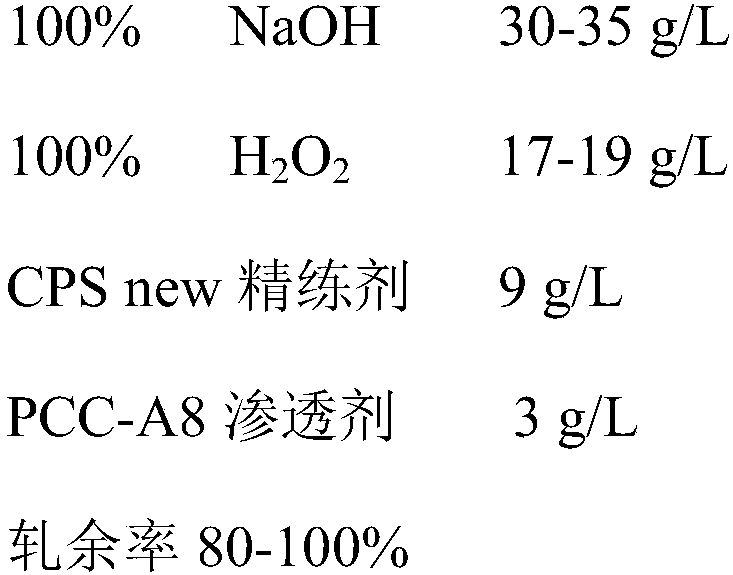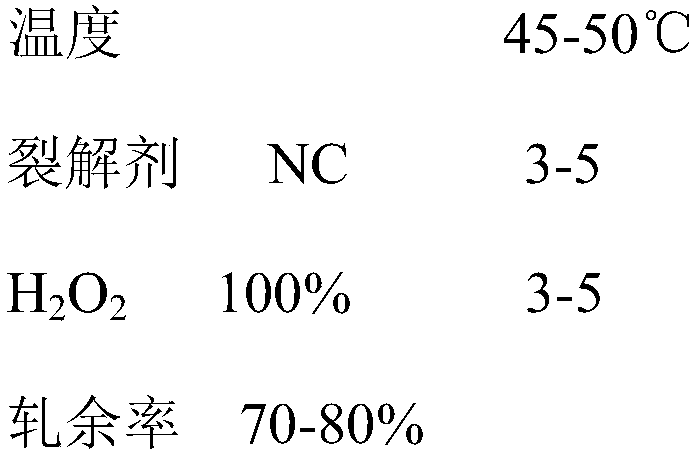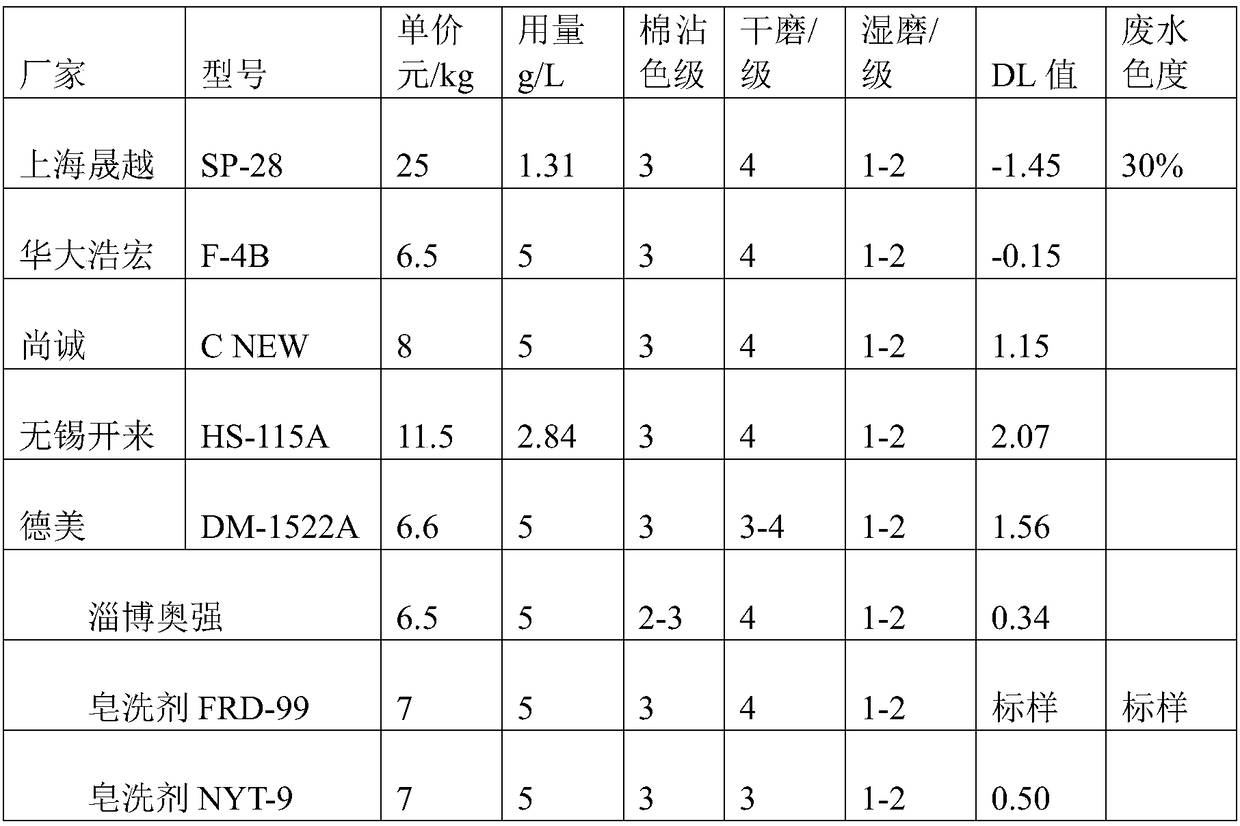Processing method of permanent antistatic fabrics
A technology for anti-static fabrics and processing methods, applied in the processing of textile materials, dyeing methods, fabric surface trimming, etc., can solve problems such as the inability to verify the anti-static effect of carbon fiber, and the lack of answers, so as to reduce emissions and save processing costs. Effect
- Summary
- Abstract
- Description
- Claims
- Application Information
AI Technical Summary
Problems solved by technology
Method used
Image
Examples
Embodiment 1
[0038] 1. Fabric specifications:
[0039]①, J45+A×45+A 133×72, T 65% C 35%, plain weave (the ratio of polyester to cotton is 65:35, the specifications of the yarn are all 12tex, twist direction Z twist, twist 900-1000 twist / m)
[0040] ②, 32 / 2+A×32 / 2+A 100*53, C 60% T 40%, twill (in polyester-cotton blended yarn, the ratio of polyester to cotton is 40:60)
[0041] 2. Main equipment:
[0042] MH012-20 Gas Singeing Machine, Wuxi Juxin Cold Rolling Mill, MH552C-180 Open Width Washing and Desizing Machine, LM-172 Straight Roll Cloth Clip Mercerizing Machine, ZLQER991-180 Continuous Pad Dyeing Machine, MONFORTS-328 Stenter machine, LMA-451B pre-shrinking finishing machine
[0043] 3. Process flow:
[0044] Singeing→cold stacking→short steaming+washing→mercerizing→dyeing→anti-static finishing→shrinking→finished fabric.
[0045] 3.1. Singeing
[0046] In order to increase the texture clarity and smoothness of the fabric, reduce friction during wearing, and avoid static electri...
PUM
| Property | Measurement | Unit |
|---|---|---|
| length | aaaaa | aaaaa |
Abstract
Description
Claims
Application Information
 Login to View More
Login to View More - R&D
- Intellectual Property
- Life Sciences
- Materials
- Tech Scout
- Unparalleled Data Quality
- Higher Quality Content
- 60% Fewer Hallucinations
Browse by: Latest US Patents, China's latest patents, Technical Efficacy Thesaurus, Application Domain, Technology Topic, Popular Technical Reports.
© 2025 PatSnap. All rights reserved.Legal|Privacy policy|Modern Slavery Act Transparency Statement|Sitemap|About US| Contact US: help@patsnap.com



